Few lovers of quiet hunting know that those edible mushrooms that grow under poplars and on these trees have a rich aroma and great taste. So, under this tree you can collect oyster mushroom, autumn mushroom, winter, summer and poplar, polypore, rowan poplar, other varieties and they will become the decoration of any table. It is also worth paying attention to unfit for mushrooms - they can also be found under poplar.
Content
Edible mushrooms growing on poplars
Of all the mushrooms growing directly on the poplars, the oyster mushroom is the safest, since it does not have toxic doubles. But with the rest you need to be careful.
Oyster mushroom autumn
It can be found in the forest from September to October. It grows right on the trunk of a poplar, a stump or the dead part of a tree in a group, often fused with short legs, in the shape of a curved cylinder. In some cases, the leg is missing. The length is about 3 centimeters, and the width is up to 4. The leg also has a dense structure, covered with small scales, most often painted in yellow, brown and greenish shades.
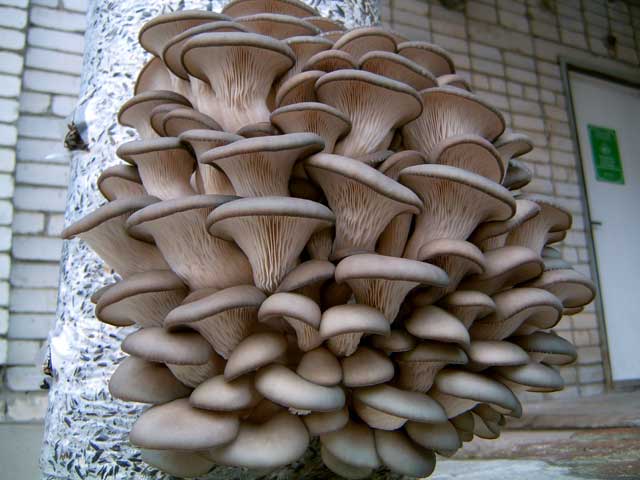 You may be interested in:
You may be interested in:The cap for autumn oyster mushroom grows on the side, and has an oblong-linguistic or ear-shaped shape, with a diameter of about 8 centimeters, and sometimes up to 15 centimeters. Oyster mushroom hat is fleshy, with white descending plates. Depending on age, the color also changes, from gray to gray-brown or ocher. The pulp is white in color and has no pronounced smell.
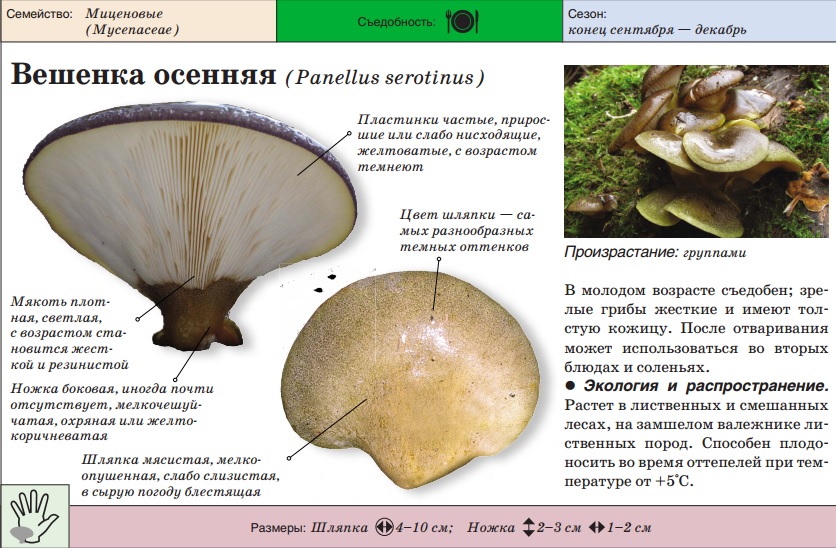
Oyster mushroom is harvested at a young age. The advantage of this fungus is that it is not damaged by parasites and has a rich mushroom taste. From other inedible mushrooms can be distinguished by the lean and fleshy structure of the flesh of the cap.
Winter mushroom
This winter mushroom appears in late autumn and early winter, sometimes even at the end of December. It can grow under snow. Outwardly, it is similar to the summer one, the difference lies in the presence of legs with scales and a ring, as well as a hat that is dry to the touch. The color of the legs of the winter openings is dark brown or black. Closer to the top, it acquires a yellow tint. The leg grows in length from 4 to 8 centimeters, and the average thickness is 0.5 cm.
In winter openings, the diameter of the hat reaches 8 centimeters and has the shape of a dome (bell-shaped). The hat is covered with a sticky substance and has a red, orange, brown or ocher color. The plates are wide and often located, have a white color or a light ocher hue.
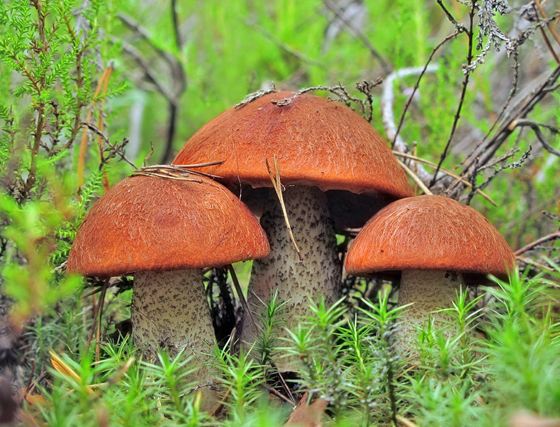 You may be interested in:
You may be interested in:Winter mushrooms grow in dense clusters not only in the forest, but also in parks, gardens, usually on the south side of the tree. It is noteworthy that he does not have poisonous doubles. When cooking, it should be borne in mind that the mushroom contains a certain amount of toxins and requires boiling for at least 20 minutes. As a rule, this time is enough for their complete destruction.
Honey agaric summer or poplar
Summer mushrooms can be found starting in June, and October fruiting lasts. Summer mushrooms from autumn can be distinguished by a hat. So, the summer cap is two-tone, darker in the center and lighter at the edges. The edges are wet. When the summer is dry, the summer cap is dry. The hat has a yellowish-brown hue in only grown mushrooms, and in adults it is dark orange and brown. Autumn mushrooms, unlike summer ones, do not have an aggressive color. They are characterized by pastel colors.
In their size and structure, they do not differ from those grown in winter. Summer mushrooms also have a lot of brown spores.
The most poisonous double of the summer mushroom is Galerina bordered, and it grows only on coniferous trees. Therefore, honey mushrooms should not be collected near pines and fir trees.
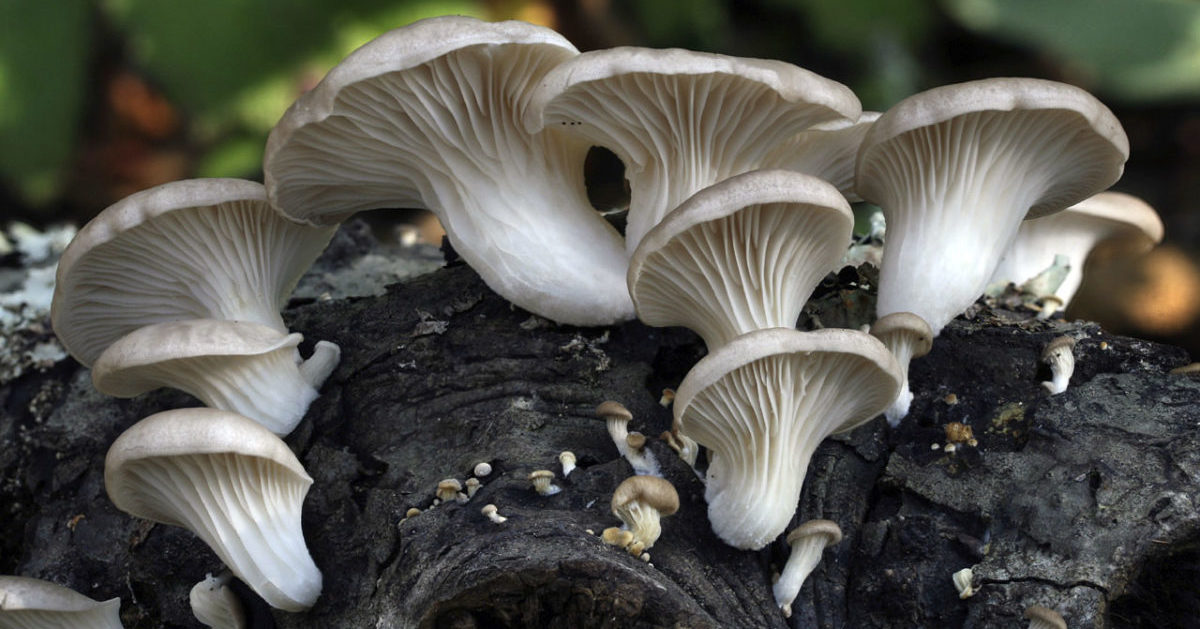 You may be interested in:
You may be interested in:Tinder funnel sulfur yellow
Tinder sulfur-yellow is conditionally edible. This species is a wavy, multi-tiered mass of round and at the same time flat shape. The color of this type of tinder fungus is bright yellow. The surface of the fruiting body is covered with a yellow fluff.
The diameter of the cap can reach 15 centimeters with a thickness of 5-8 centimeters. Some fruits reach 40 centimeters in diameter. The fruits of bonded hats can weigh 10 kilograms. The color of the pulp is the same bright yellow. The bottom of the hat consists of short tubes. Young mushroom has a pleasant sour taste.
A tinder fungus grows on dead or old poplar wood, sometimes on other deciduous trees. It is a parasite, and destroys a tree as a result of its life. In the tinder fungus there is an inedible double - Climacodon northen, which has a paler color and characteristic protrusions - spikes on the hat. The double also has an unpleasant odor.
Sulfur yellow tinder is used as a food in the preparation of salads, pickles and other dishes. Its peculiarity is the need for cooking for 50-60 minutes. Tinder fungus has healing properties, as it contains a certain amount of antibiotic substance. It is also believed that it is able to enhance immunity.
Tinder funky
Often found in nature and the Tinder mottled (scaly). It is located in the lower part of the tree, sometimes at its very base, has the shape of a funnel, and eventually leveled out and becomes flat. The diameter of the cap can reach 50 centimeters.
The hat is covered with scales of black or dark brown. The edges of the cap are jagged and bent down. The mushroom pulp has a sweetish aroma. The diameter of the leg is not more than 4 centimeters, the leg itself is short. The bottom of the hat is tubular, yellow-white.
The mottled tinder is used in medicine for intoxication with poisons and in the treatment of various inflammatory processes. Suitable for food is only a young tinder, harvested in the spring. From it you can cook the same dishes as from other edible mushrooms, you only need 40 minutes to cook before cooking.
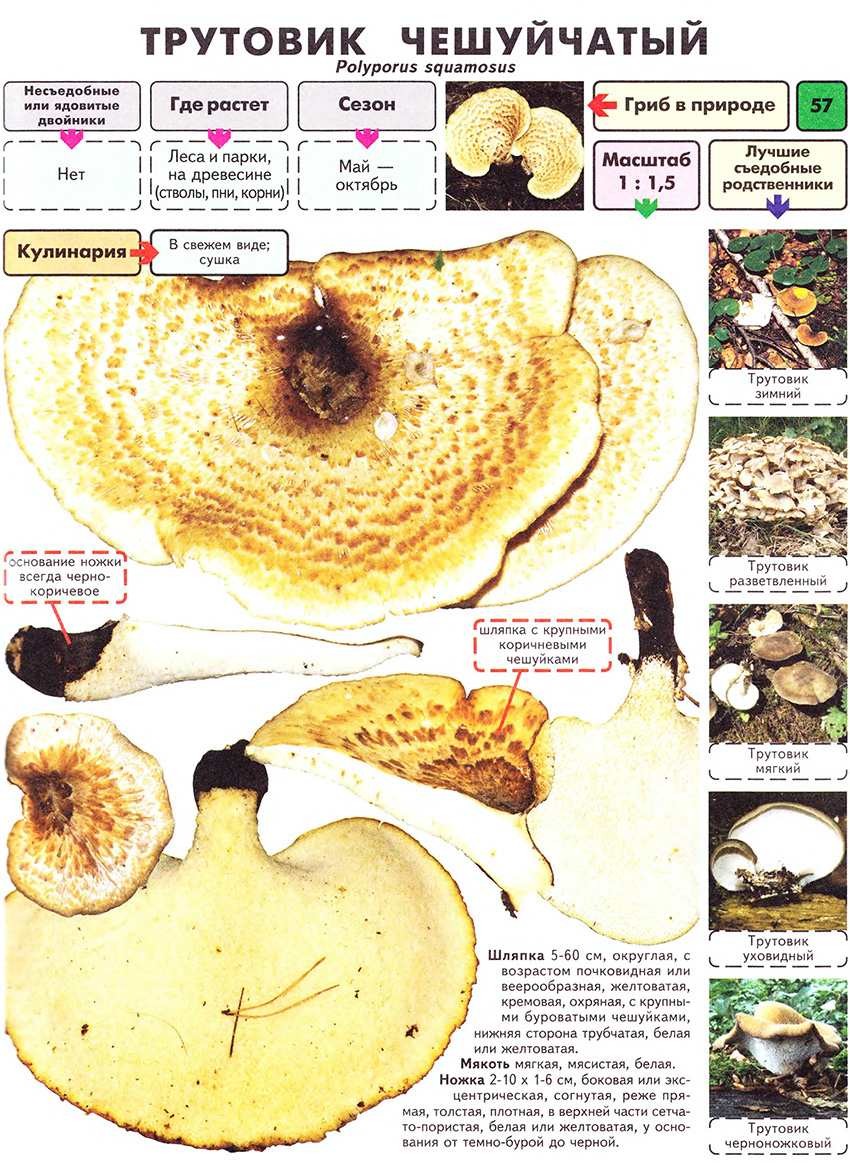
What mushrooms can be found under poplars
Most often in poplars such mushrooms are found in autumn, such as rowan, marshmallow and boletus.
Ryadovka poplar
Conditionally edible rowan poplar has the shape of a hemisphere with thin curved edges at a young age.Over time, the cap of the mushroom straightens and becomes more voluminous. The cap of the rowing poplar grows up to 12 centimeters in diameter.
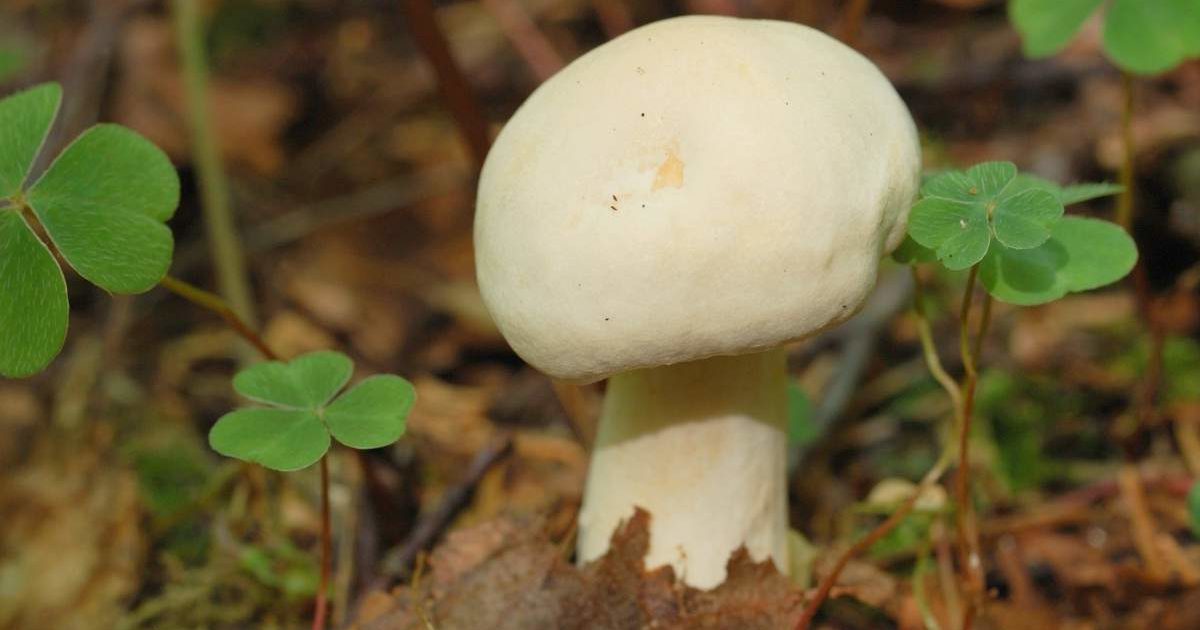 You may be interested in:
You may be interested in:Under the hat there are often thin plates. The color of the plates may be white or pinkish-brown. The leg is fleshy with a scaly coating and has the shape of a cylinder. The color of the legs is pinkish-white, or light brown. When squeezing the legs, brown spots appear.
This species grows in deciduous forests, under poplars, in a dense cluster. The growth period of poplar rowing from August to the end of October. Rowing is often used for cooking various dishes. Before cooking, the mushrooms are thoroughly washed, soaked in water, after which they are boiled. This treatment eliminates excess bitterness.
Gray boletus
The gray birchbark has a cap in the form of a hemisphere, with curved edges, up to 15 centimeters in size. The hat has an uneven and textured surface to the touch. The color of the hat is gray or brown-gray.
The flesh of the mushroom is white in color, when cut becomes pink, and after a certain period of time blackens. Gray boletus has a pleasant aroma and taste.
The leg of the boletus reaches 14 centimeters and has a thickness of 4 centimeters. The upper part of the leg is gray, the bottom is brown. Also, the leg is covered with white or yellowish-brown scales. Ripens from June to the end of October. It grows, as a rule, under birch trees, but it can often be found near poplars. Gray birch bark is suitable for preparing various dishes.
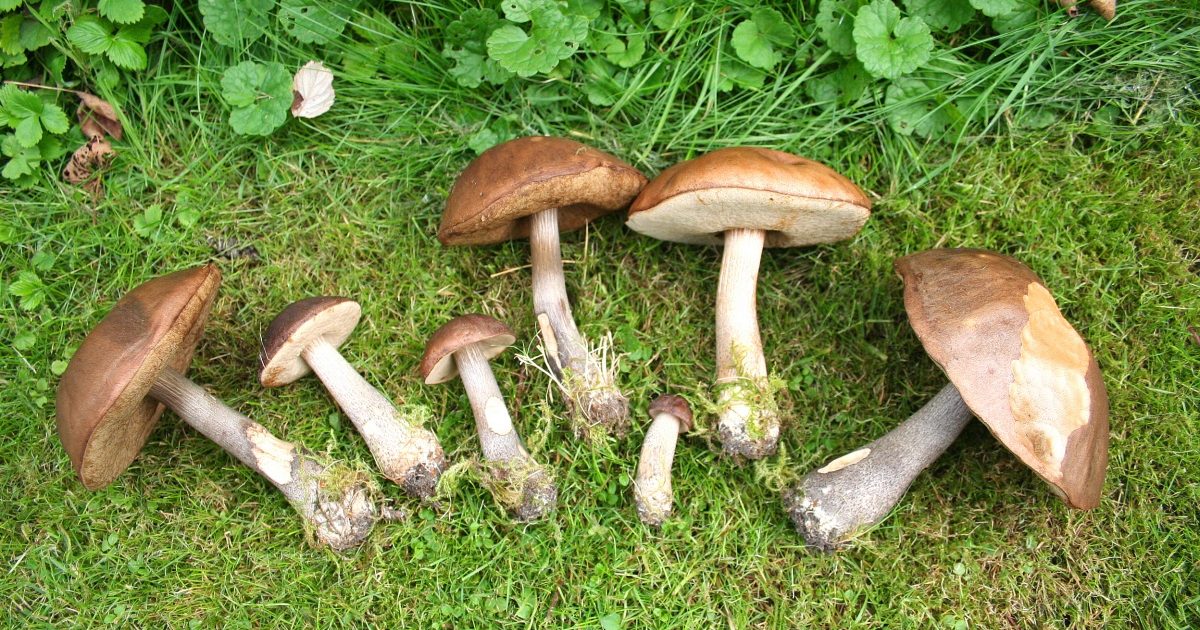 You may be interested in:
You may be interested in:Mushrooms aspen and blue
The aspen (poplar) breast grows in a dense cluster. A feature is the presence in it of a large amount of white juice, which protects the fungus from parasites.
The breast has a funnel-shaped hat about 14 centimeters in size. The hat has a pink hue, is covered with fluff and sticky to the touch. The plates are frequent, narrow and passing from the cap to the leg. They have a white or pink tint. The leg is small but very dense. Lactation is more suitable for salting because of its bitterness. It must first be soaked for a long time. It is not suitable for drying.
Quite often in deciduous and mixed forests, where humidity is high, a lump of blue appears. It has a convex hat, which in the process of development takes the form of a funnel and is covered with small scales. Its color ranges from yellow to rich yellow. With high humidity, the hat becomes sticky. The plates of this fungus are slightly descending, thin and have a pale yellow tint.
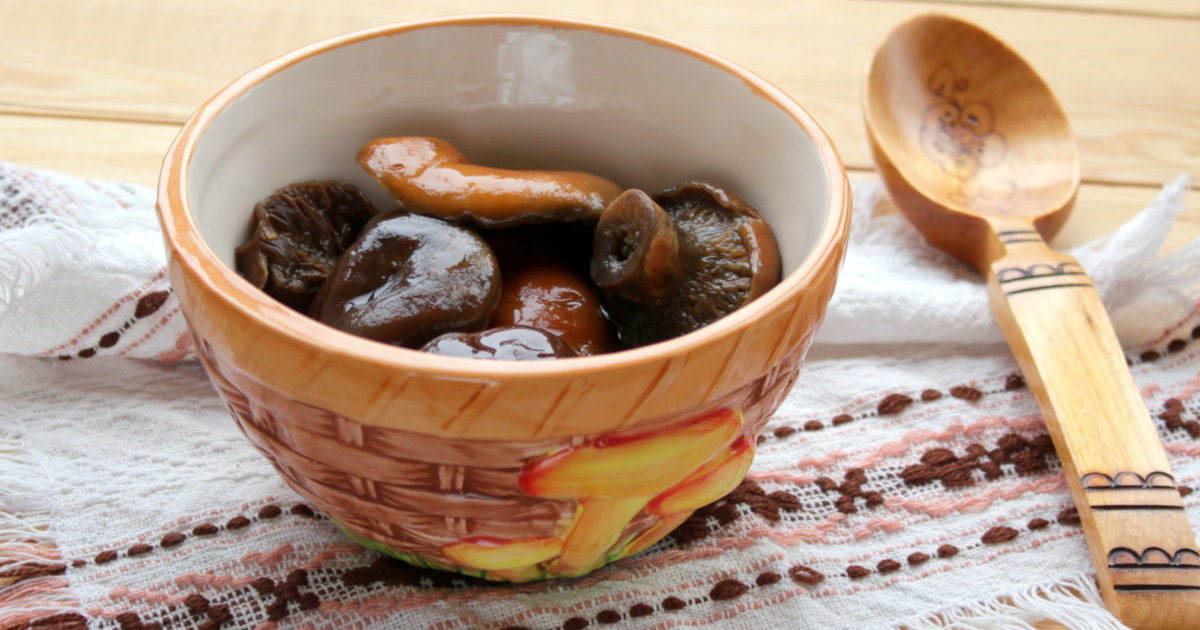 You may be interested in:
You may be interested in:The height of the leg of a breast of bluish is 4-10 centimeters, a diameter of 3 centimeters and has a light yellow color. When squeezing the leg turns blue. Hence the name - a blue lump.
The livid blue bears fruit from August to the end of November, until the first frost sets in. The taste of the breasts is bitter, due to the presence of milky juice. For this reason, they need careful processing. The most suitable cooking method is salting. Only young fruits are harvested and processed immediately.
Inedible species
These poplar mushroom neighbors include flake, false valui and inedible honey agaric.
Destructing flake
It is also called poplar flake.This species in the process of its life destroys the tree on which it grows. The hat on the destructive scale reaches 20 centimeters in diameter and has a white or light yellow hue, all of it is covered with large white scales. In adult mushrooms, flakes are absent, and the edge of the cap becomes uneven and fibrous. The plates of the hat are white and fused with a leg, eventually acquire a dark brown color.
The leg of the mushroom reaches a length of 5 to 14 centimeters, and 3 centimeters in diameter. The color of the legs is the same as the hat. It is also strewn with white scales, which disappear over time. A white ring forms on the leg. Such a flake is inedible and has an unpleasant taste and smell.
Honey agaric brick red false
False honey mushrooms have a bright brick red color and are poisonous. They are most similar to autumn mushrooms. In their appearance, they practically do not differ from the edible mushroom.
You should pay attention not only to the brick red tint, but also to the scraps of the white covering layer, which remains on the edge of the hat in the form of large flakes and resembles a fringe. An important difference is the lack of a specific ring on the stem. Such a mushroom chooses fallen trees for growth in well-ventilated deciduous forests for growth. When eaten, this mushroom can lead to death of a person if you do not provide him with timely medical care.
False value
False Valui - a dangerous poisonous species, often found in forests and fields, grows in large clusters in the autumn season.
Outwardly, a false value is similar to an edible one. But when cutting off the first one you can immediately feel the characteristic sharp smell of horseradish, which quickly disappears. Another characteristic difference is that false worms are not affected by worms. When using a false representative, signs of poisoning can occur after 10 minutes, and a person requires immediate medical attention.
Answers to common questions
There are quite a few species that grow on poplars and under them; most of them can be safely eaten. However, you should be careful when collecting - many mushrooms have doubles that are dangerous to health and even life.
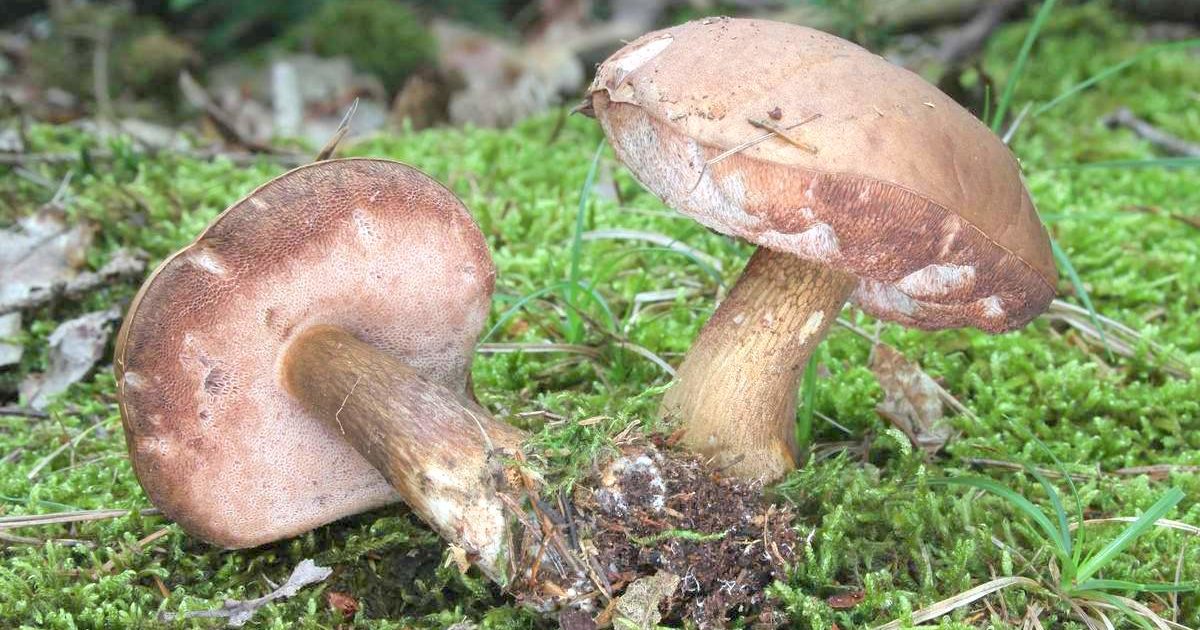 You may be interested in:
You may be interested in:

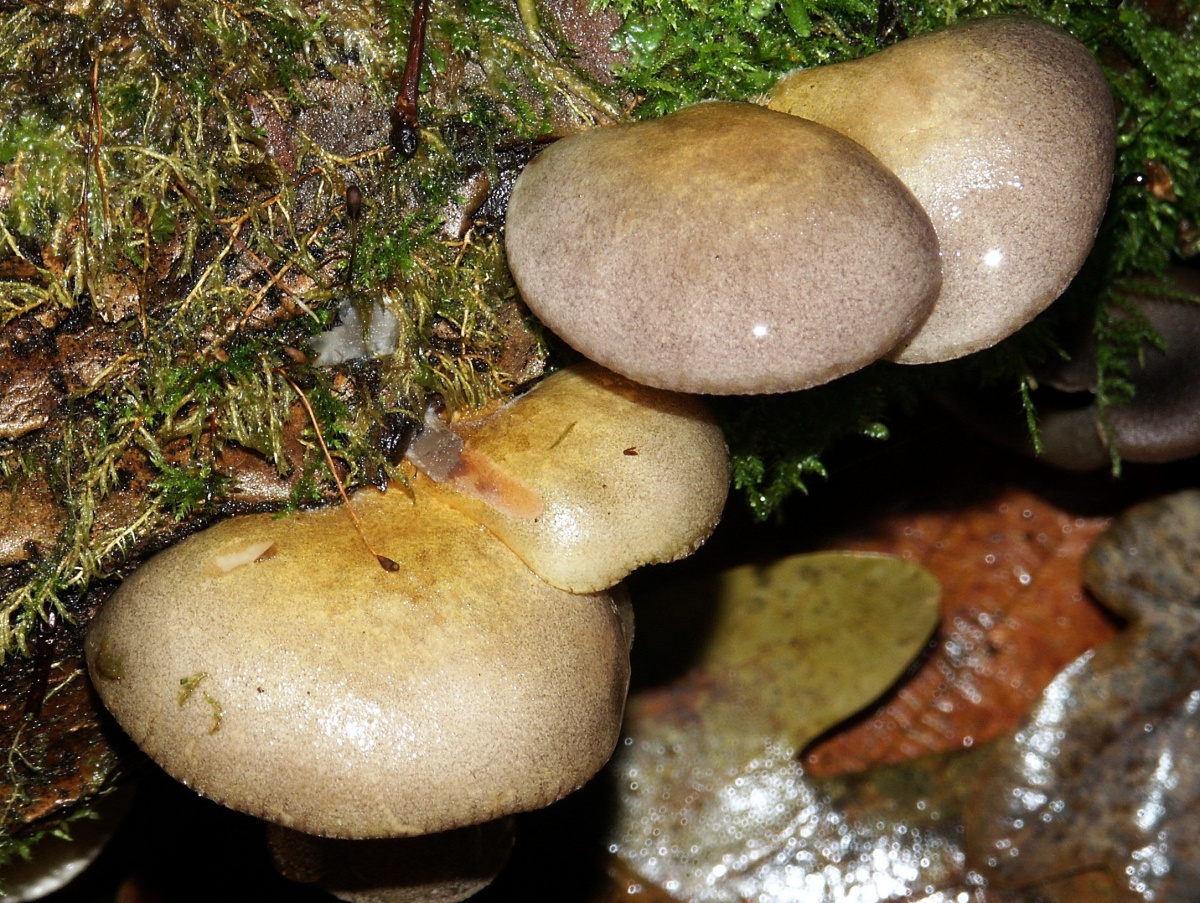
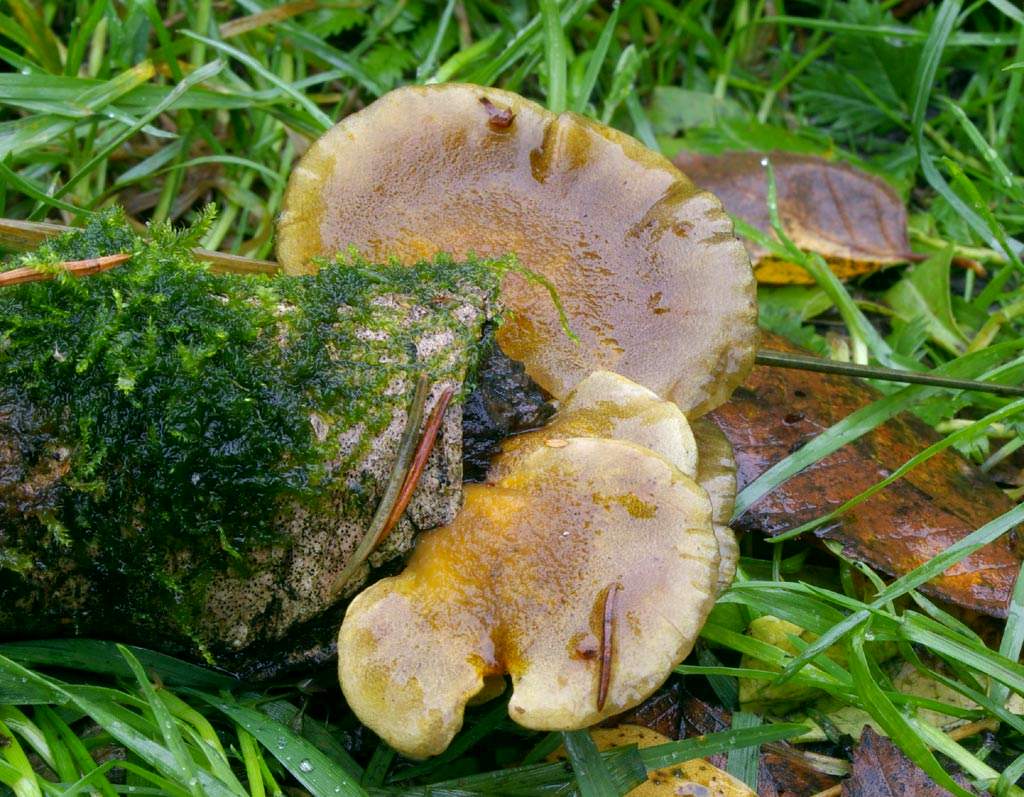
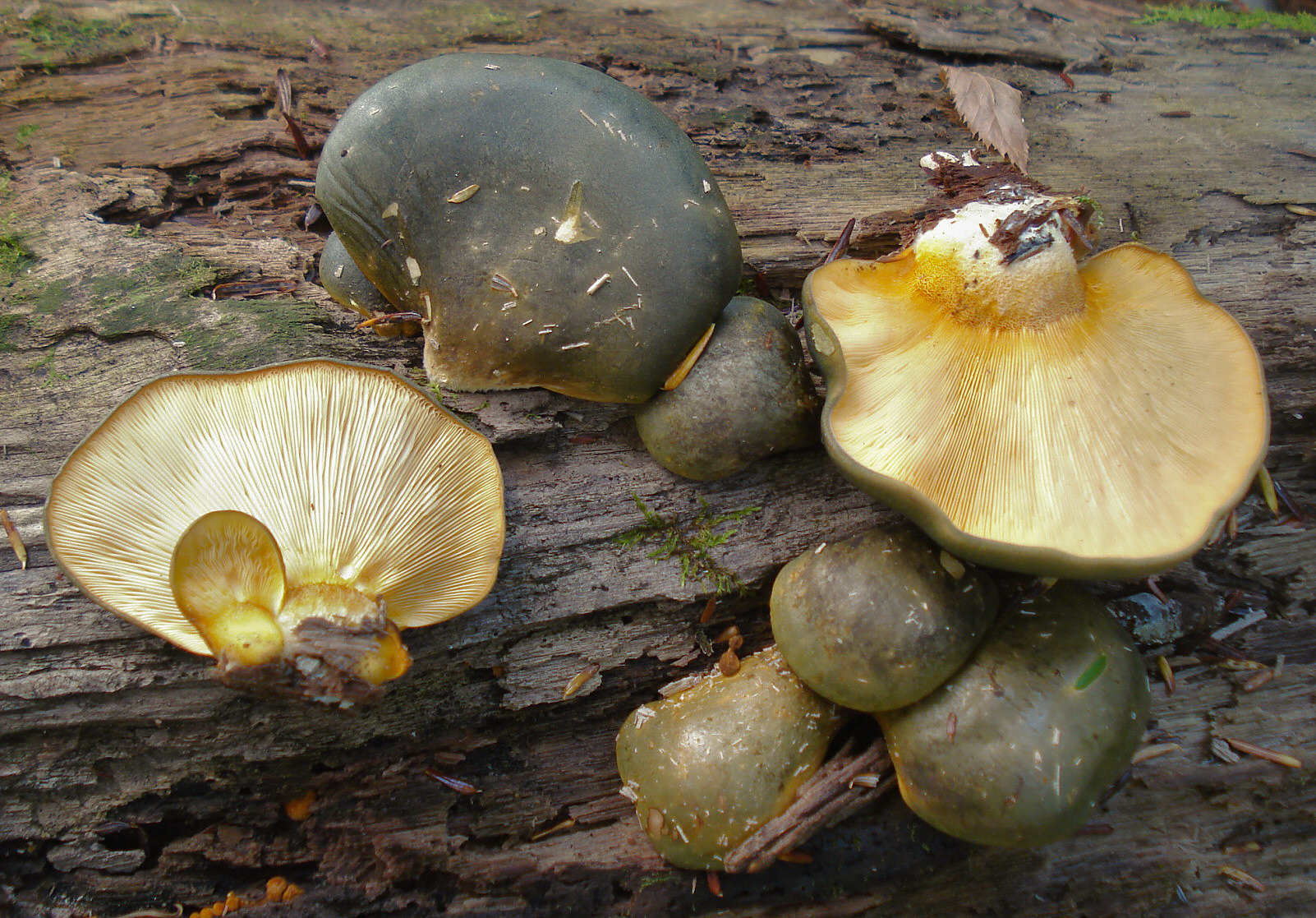

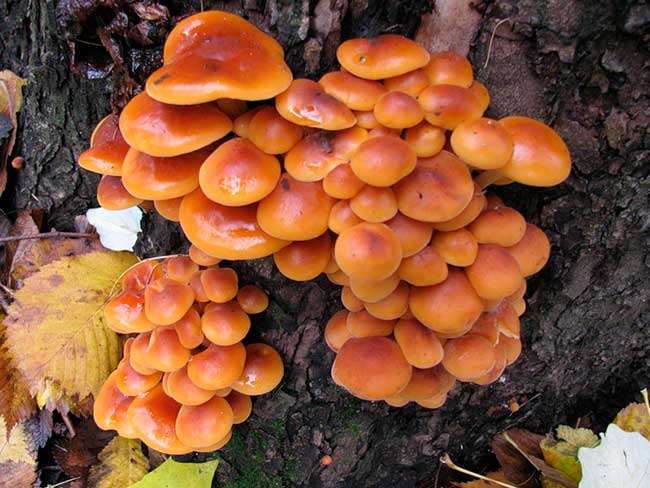
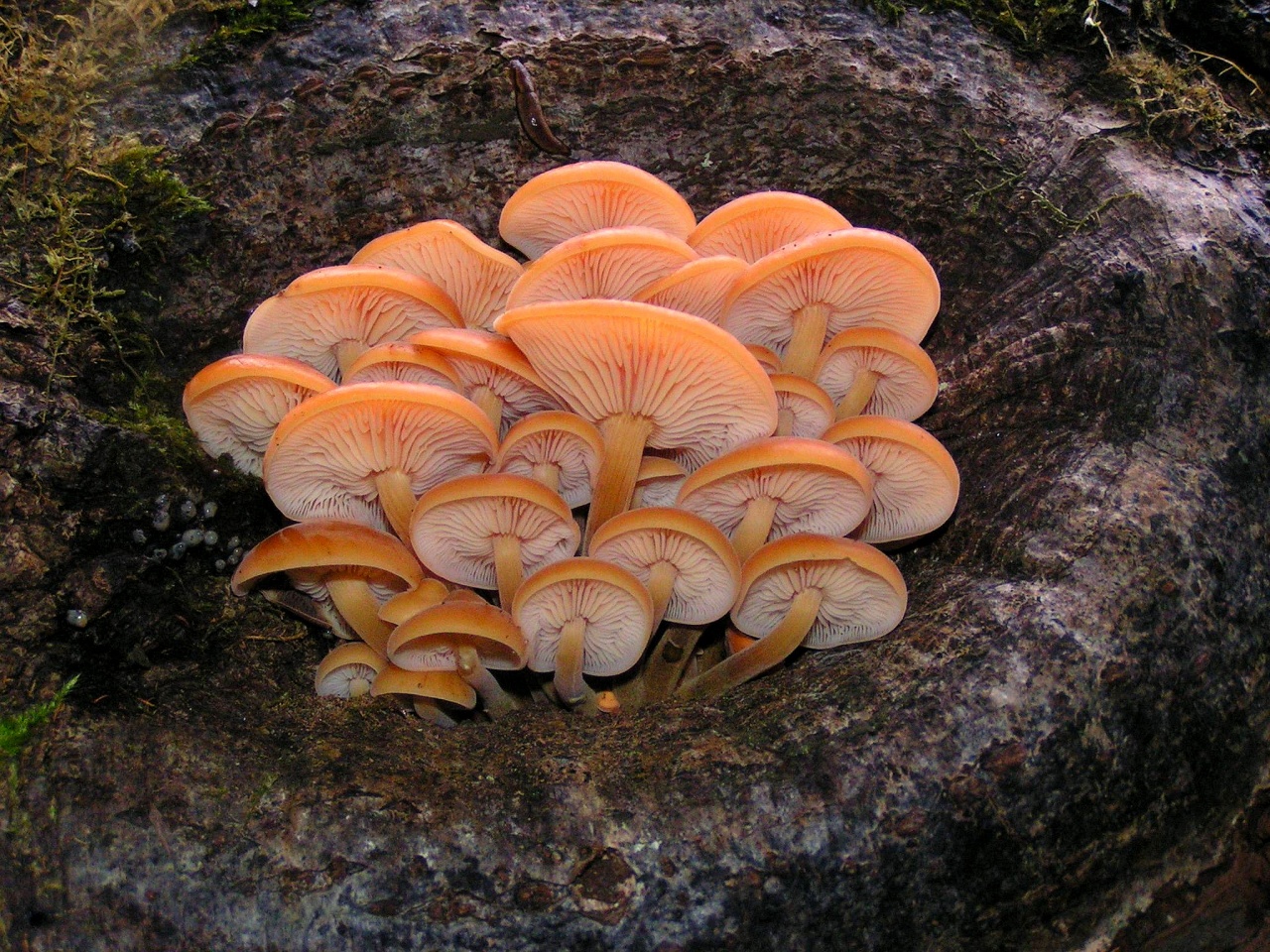

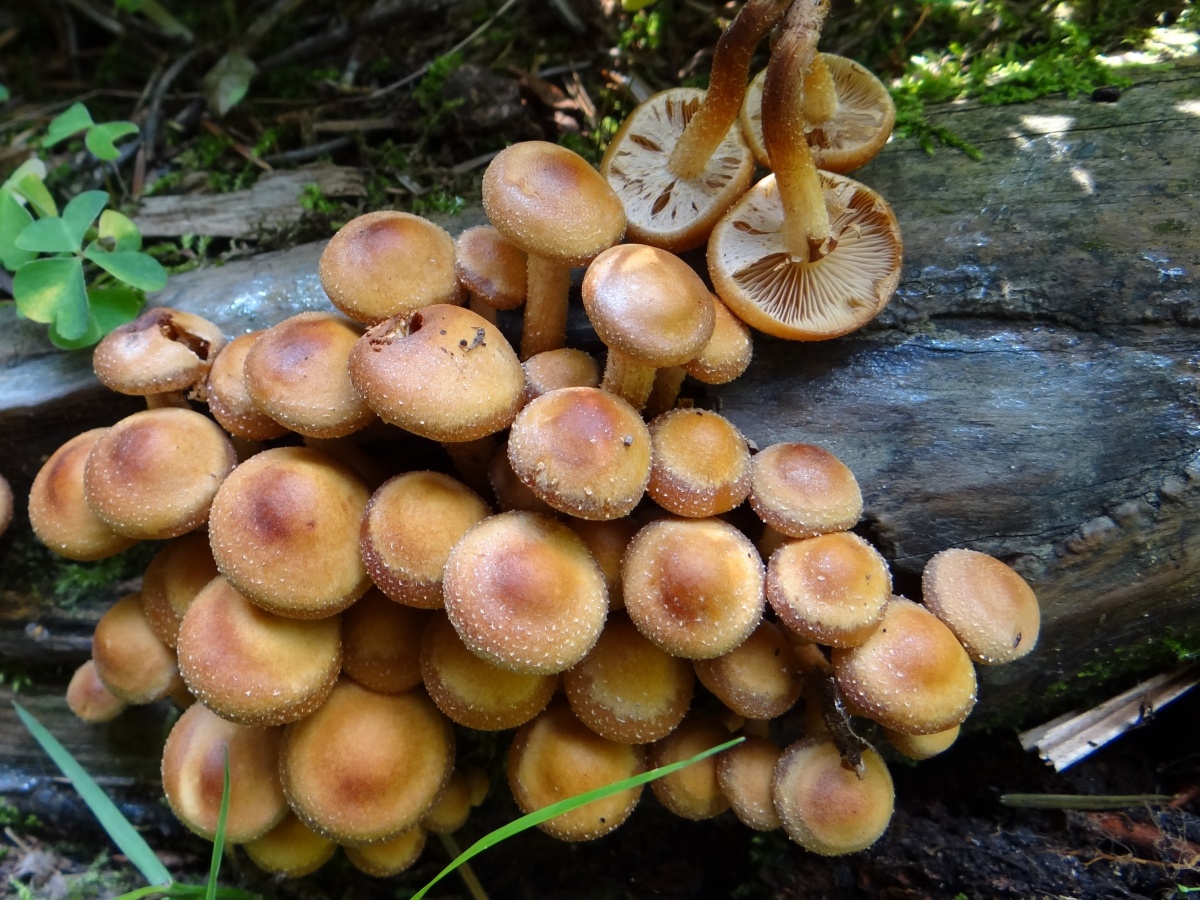
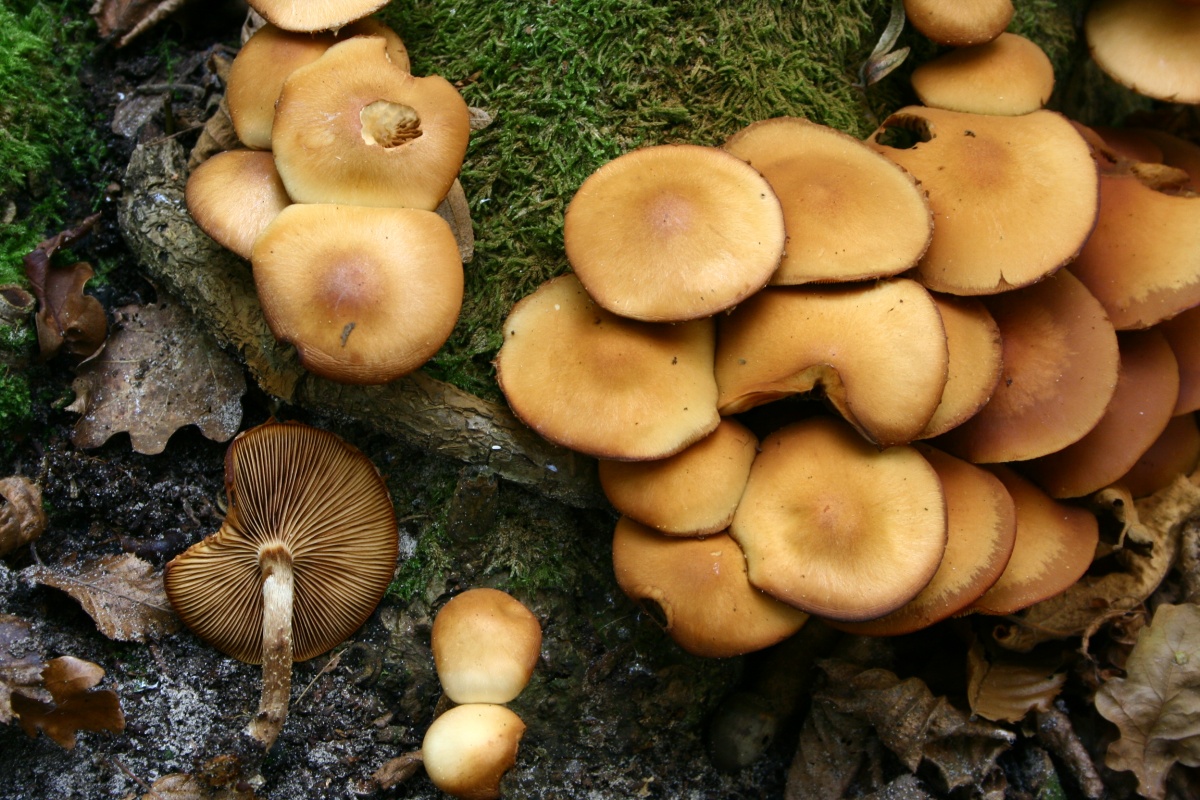
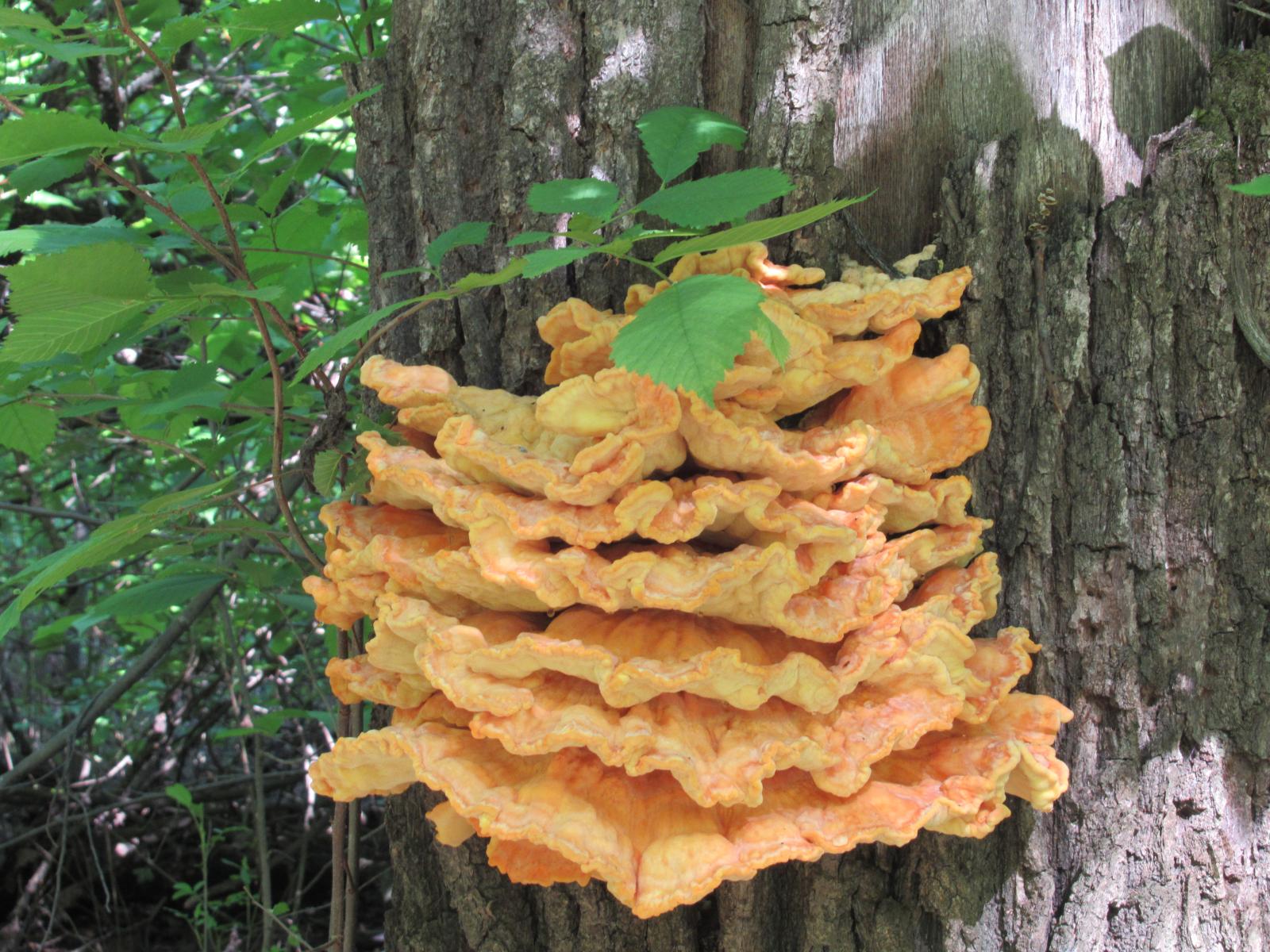


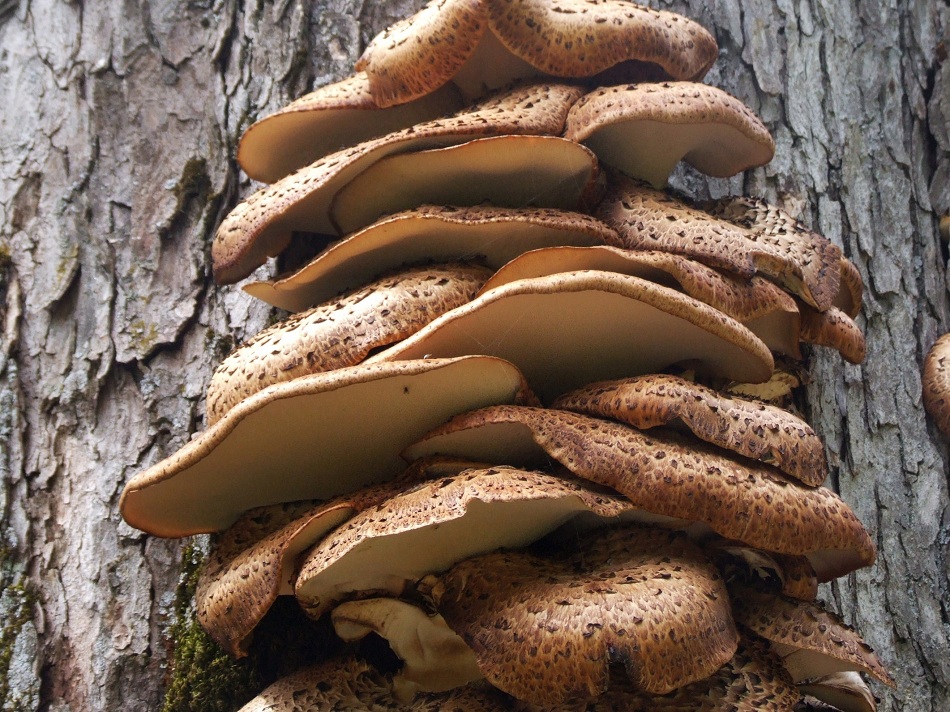
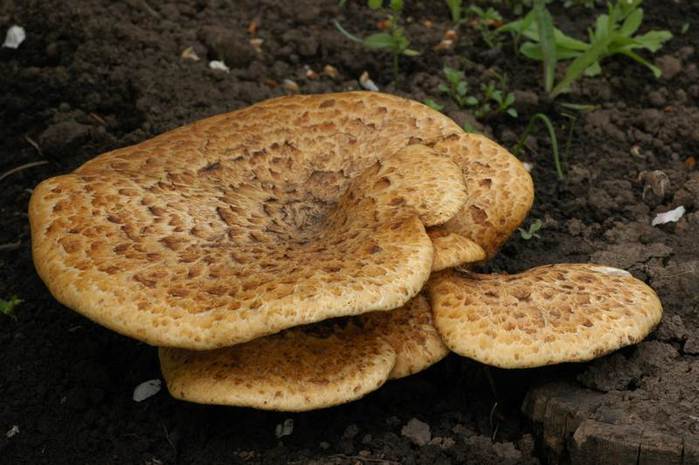
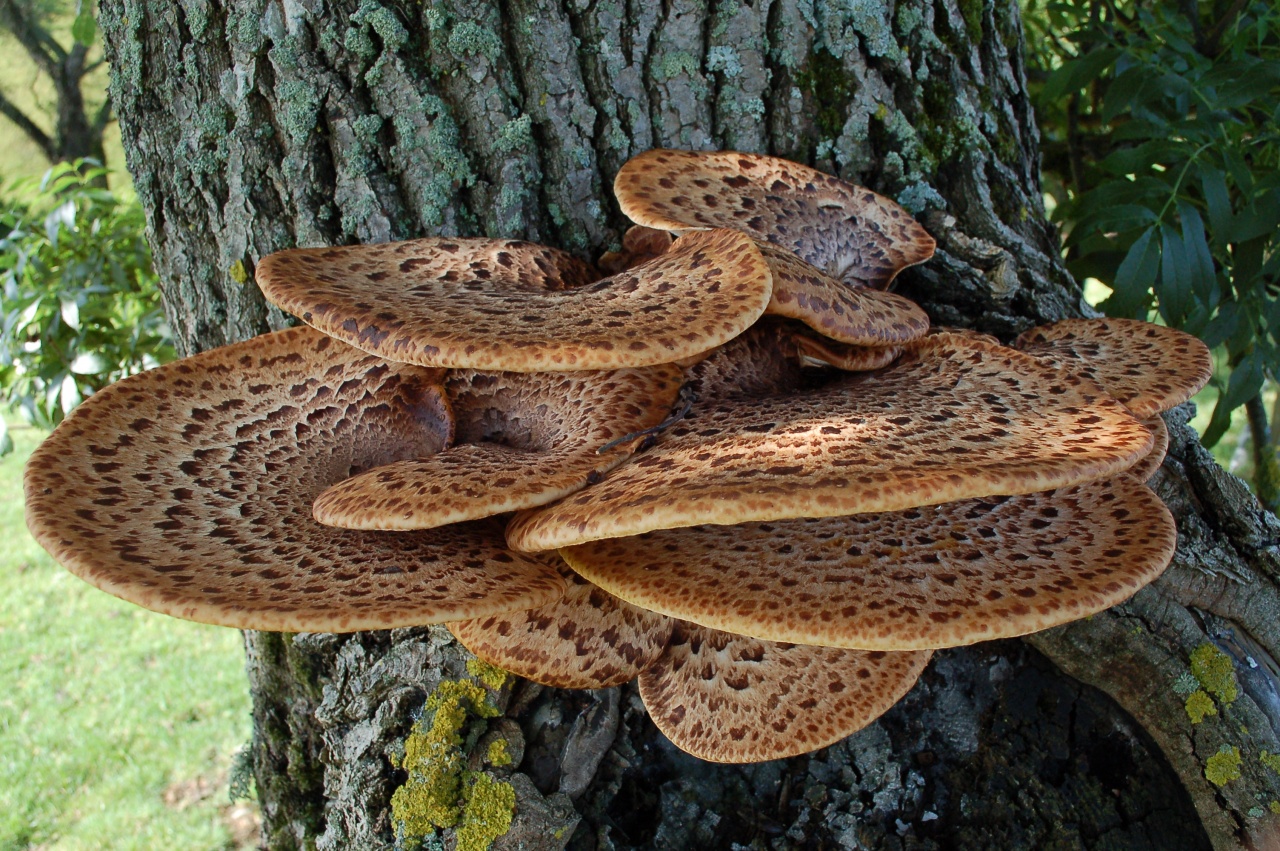



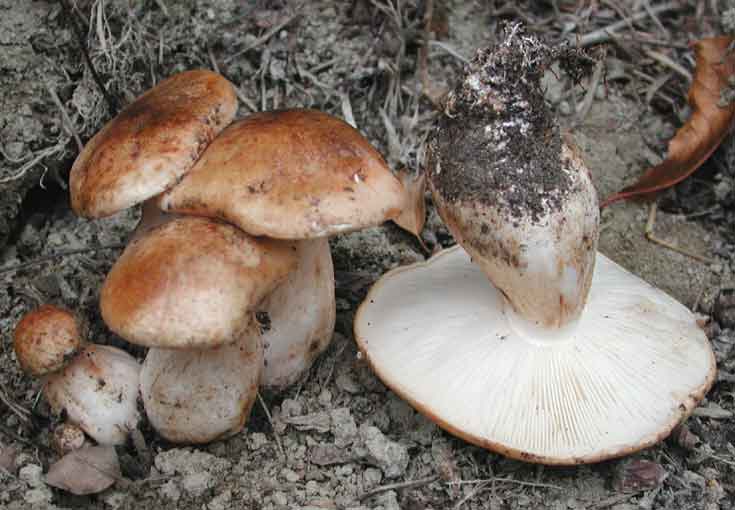
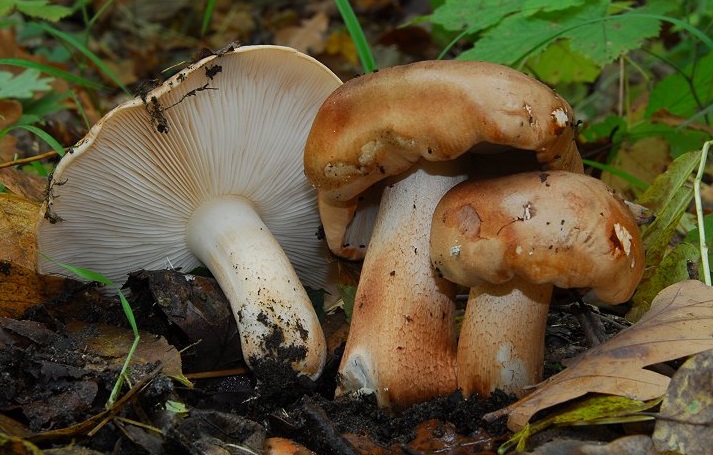
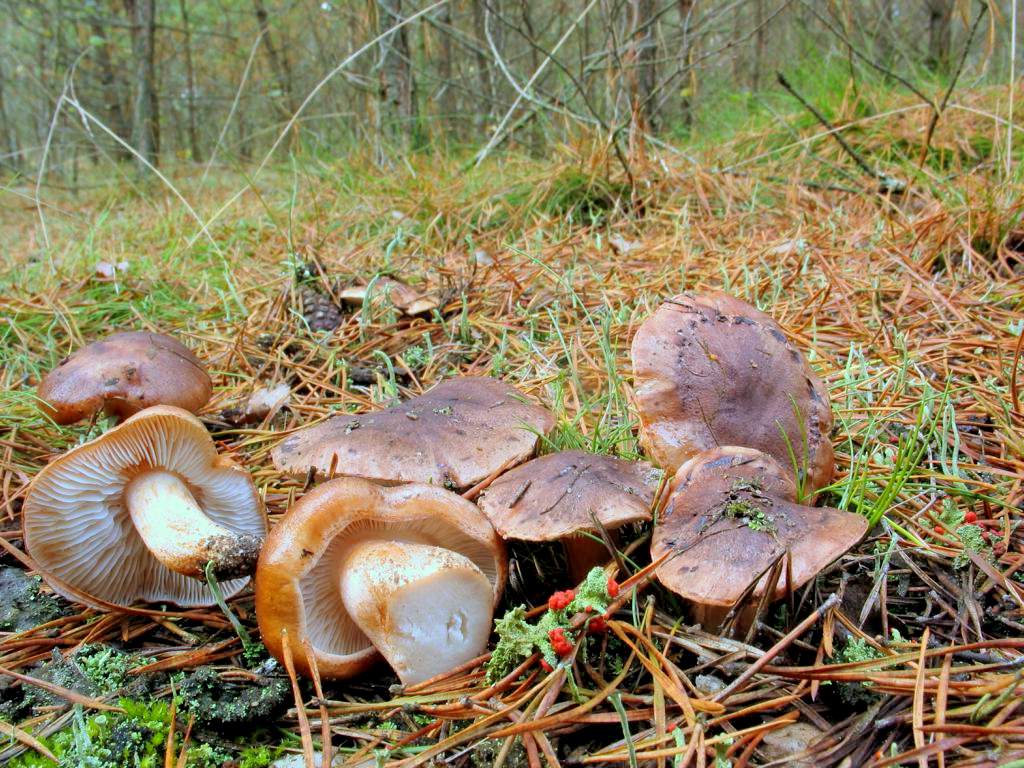
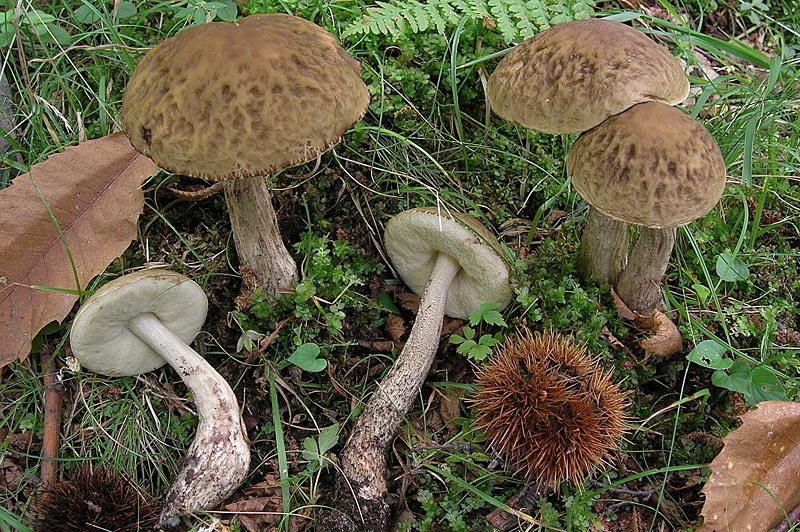
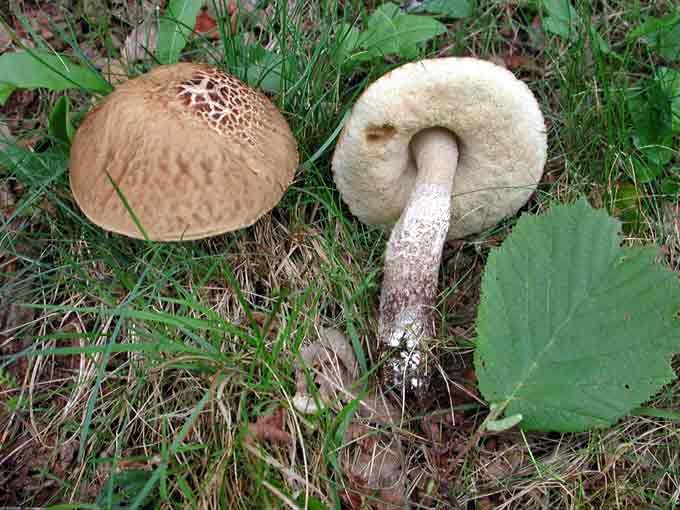
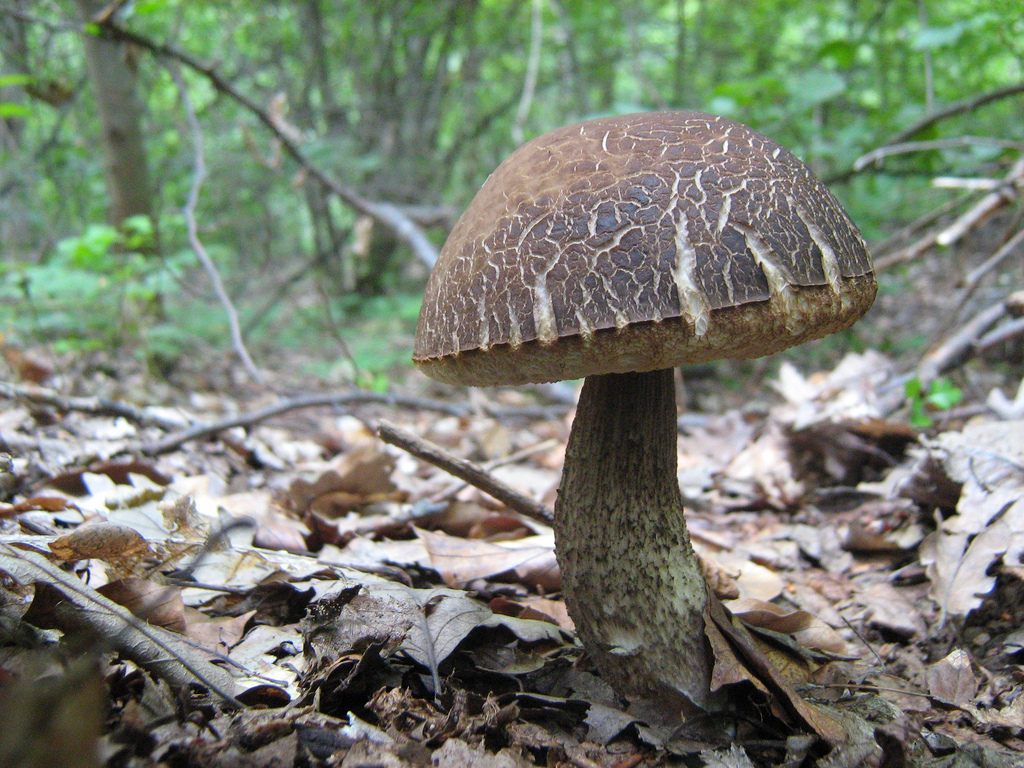
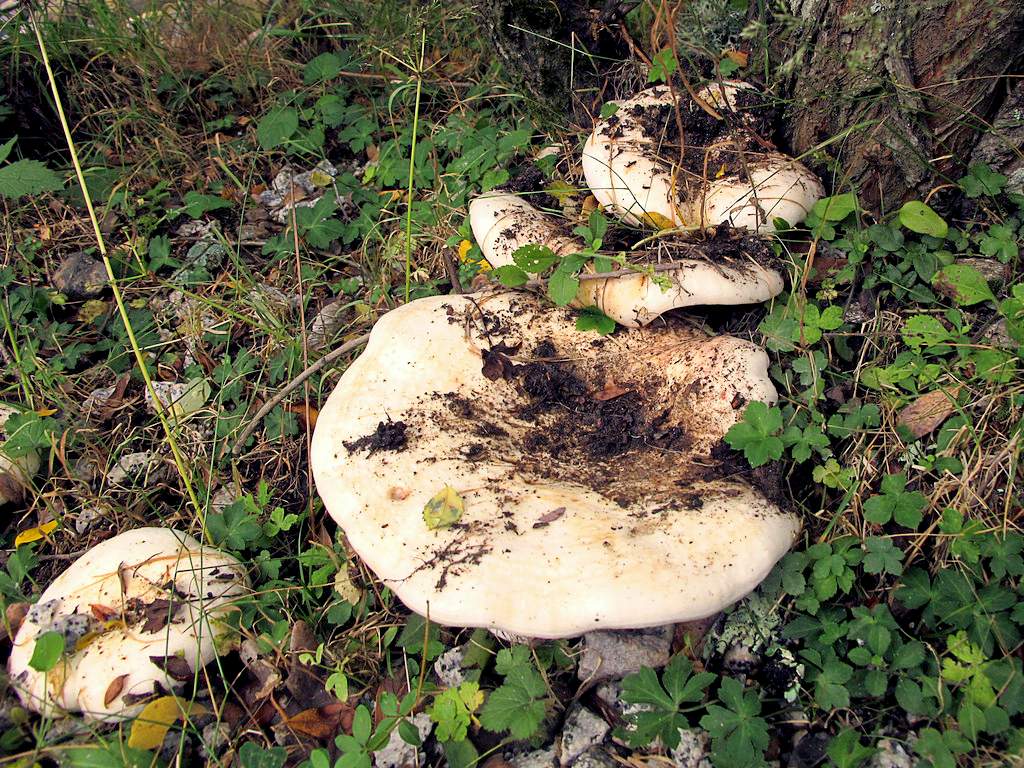
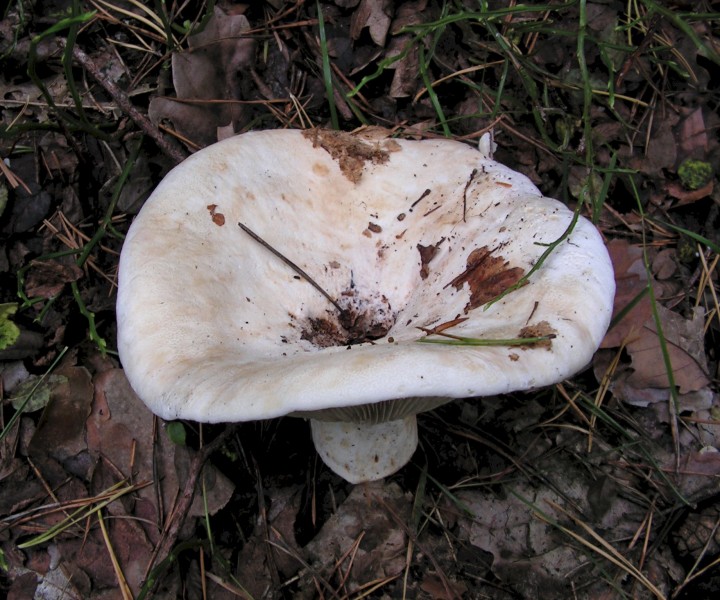
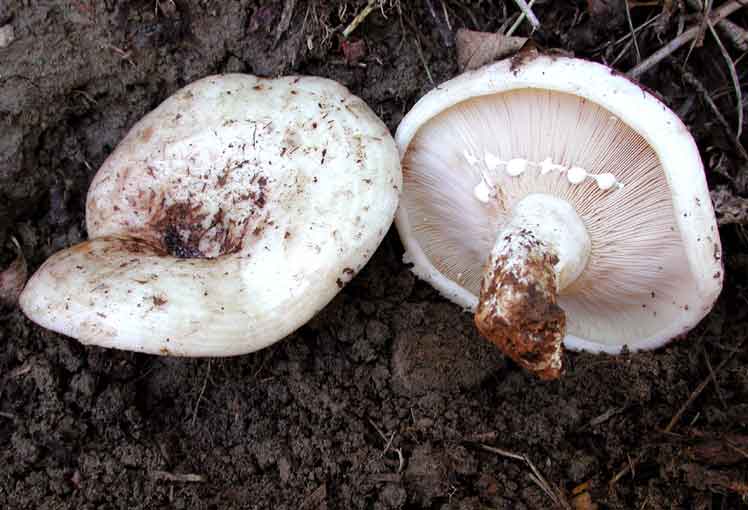
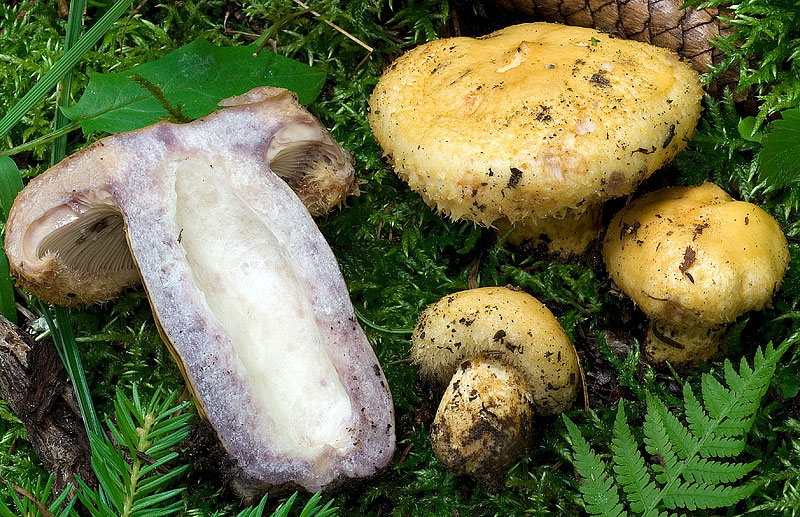
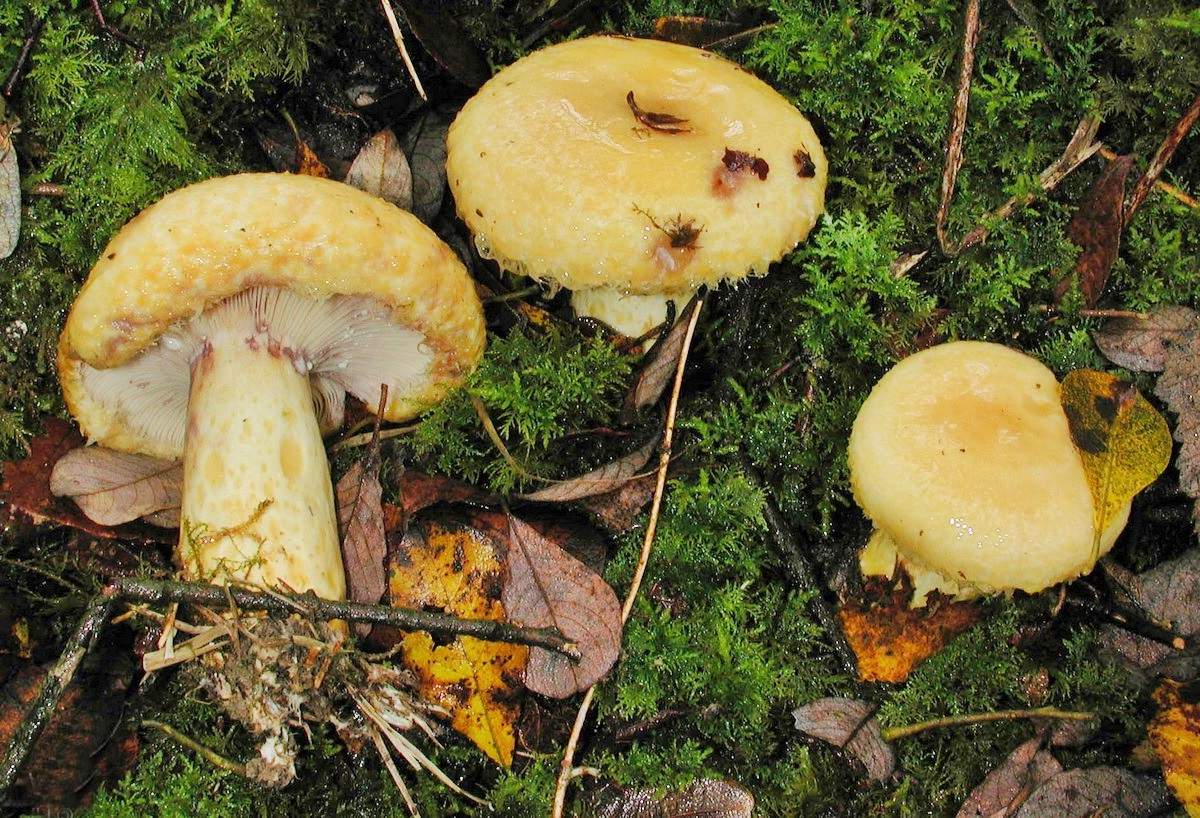
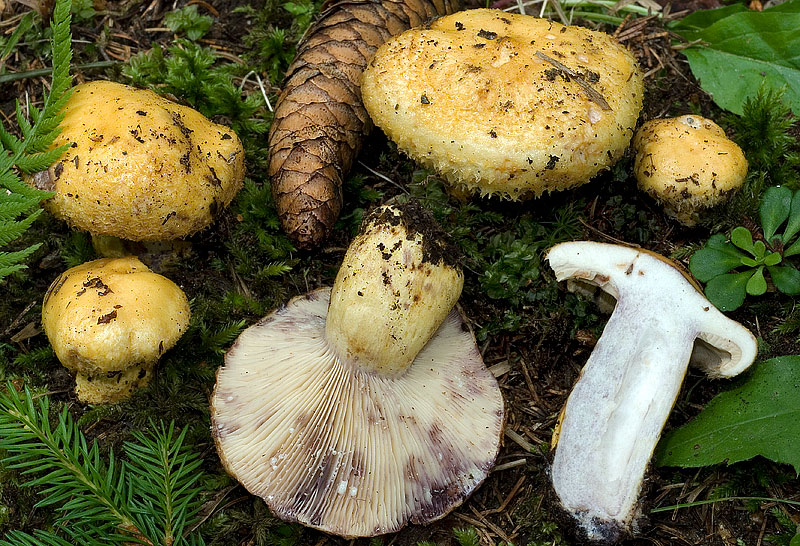
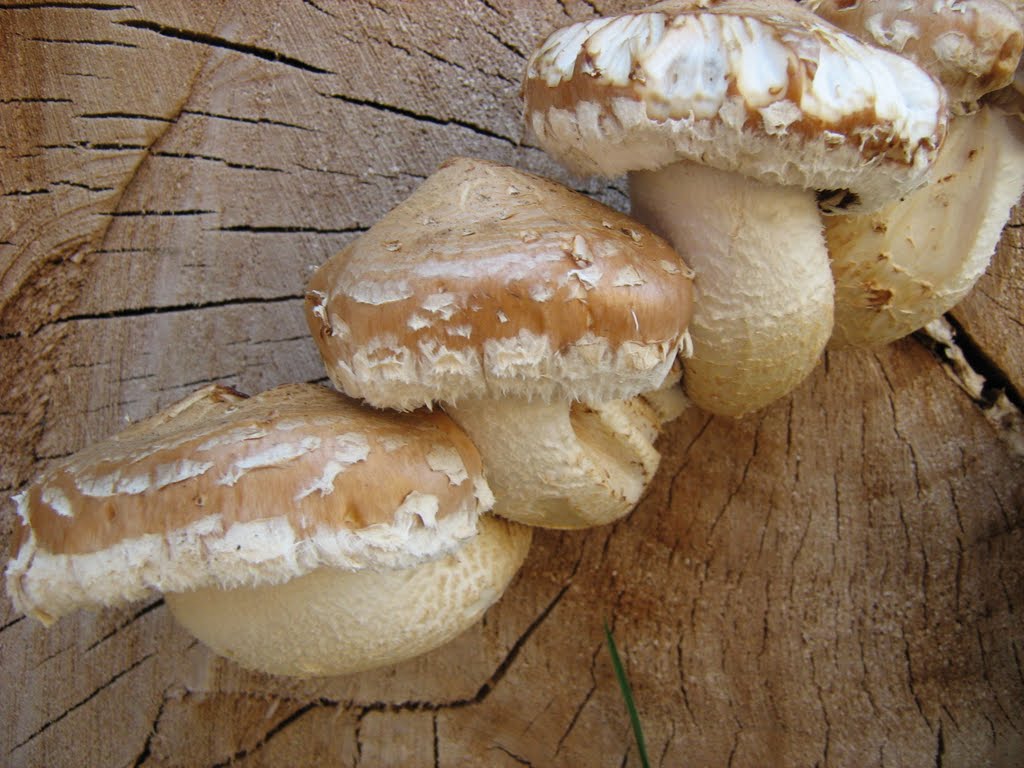
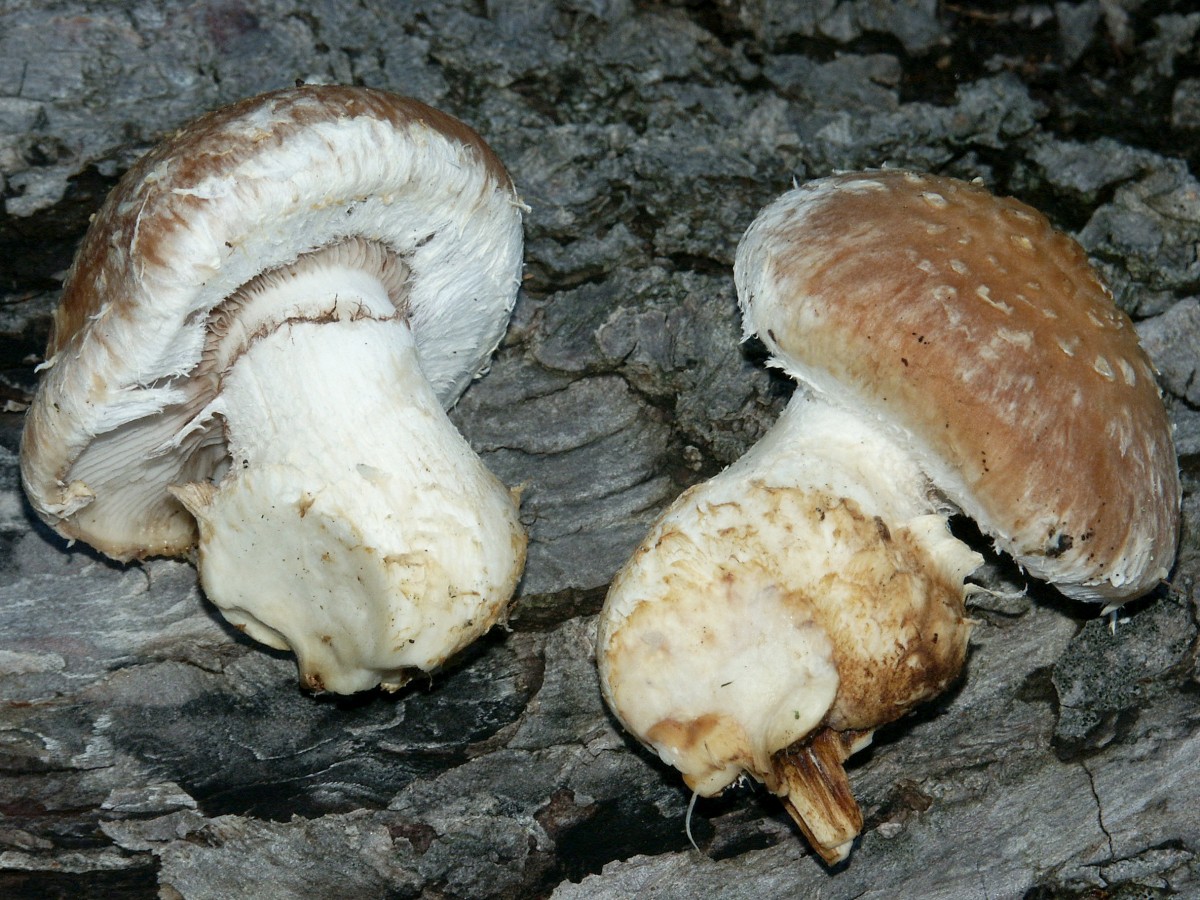
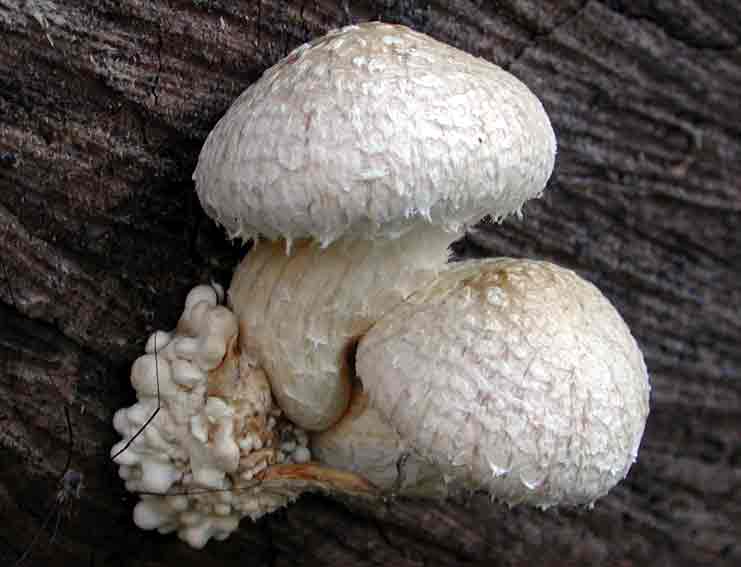
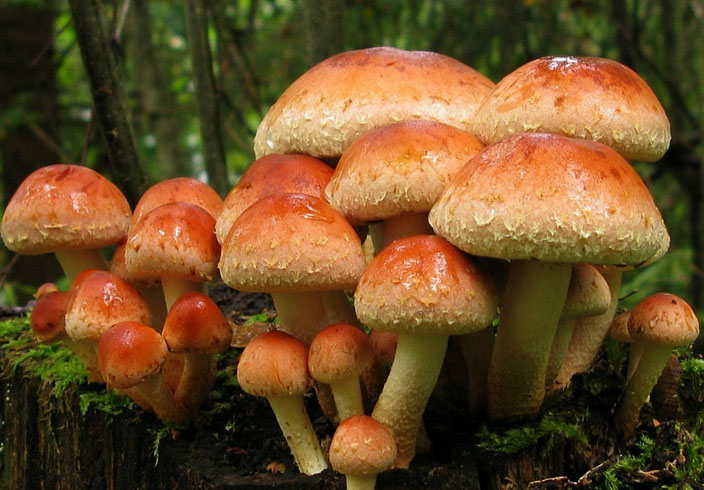
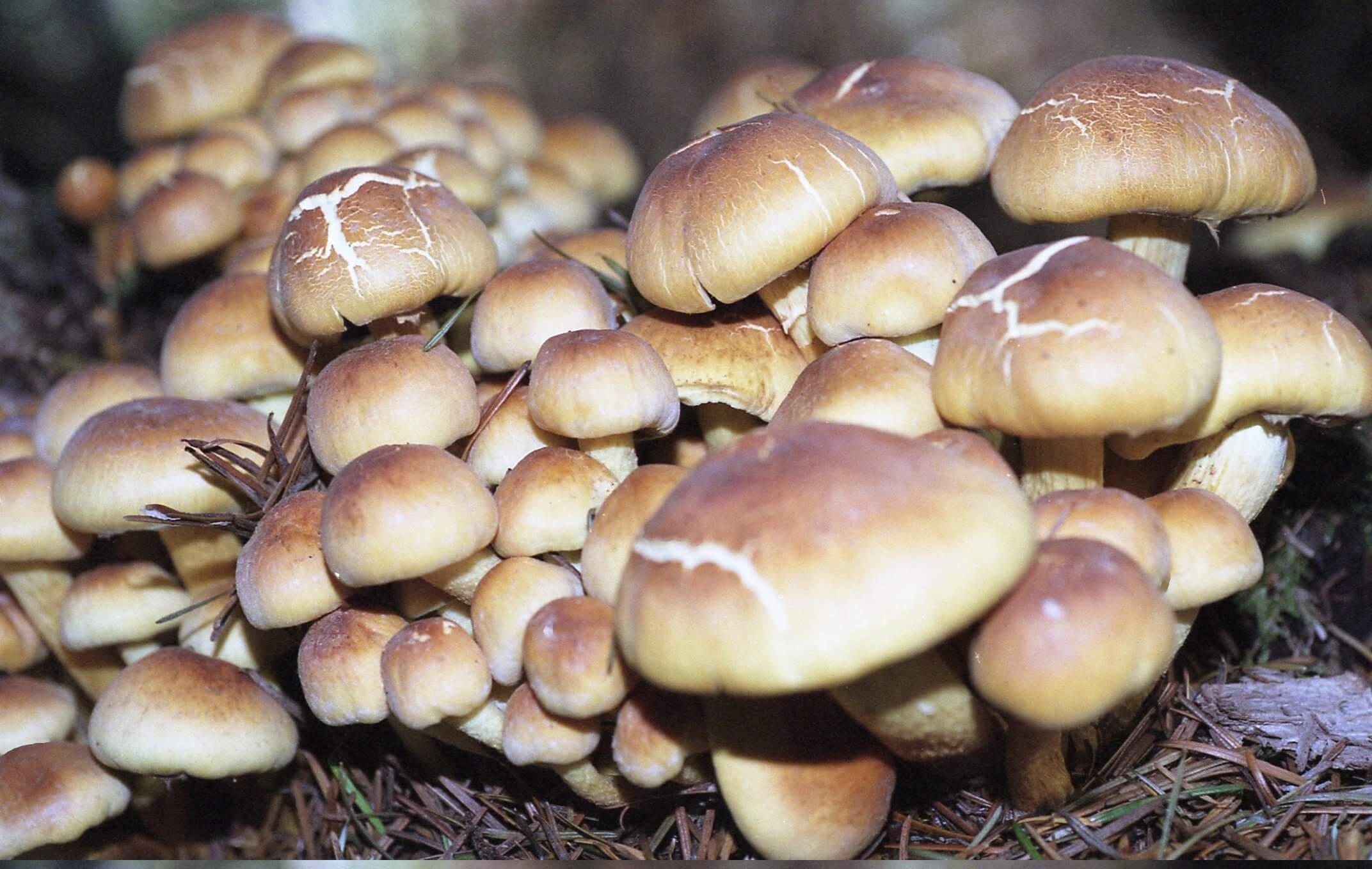
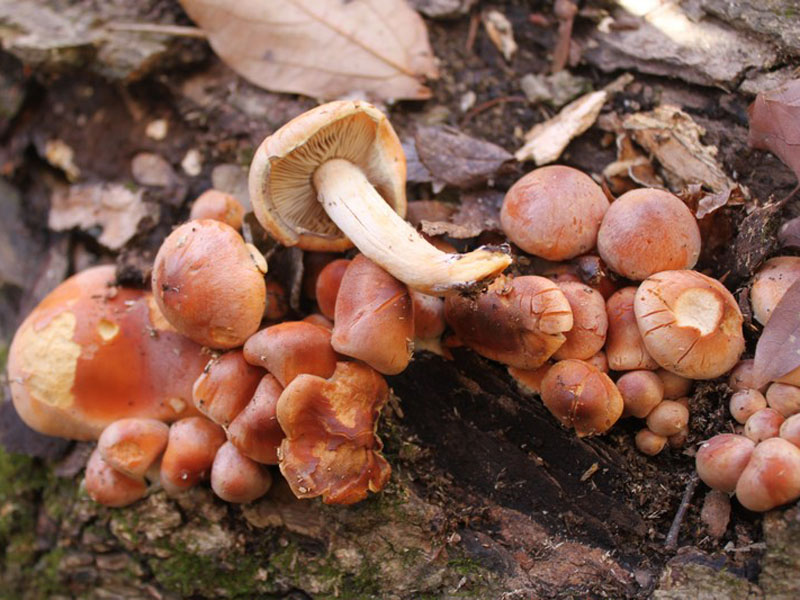
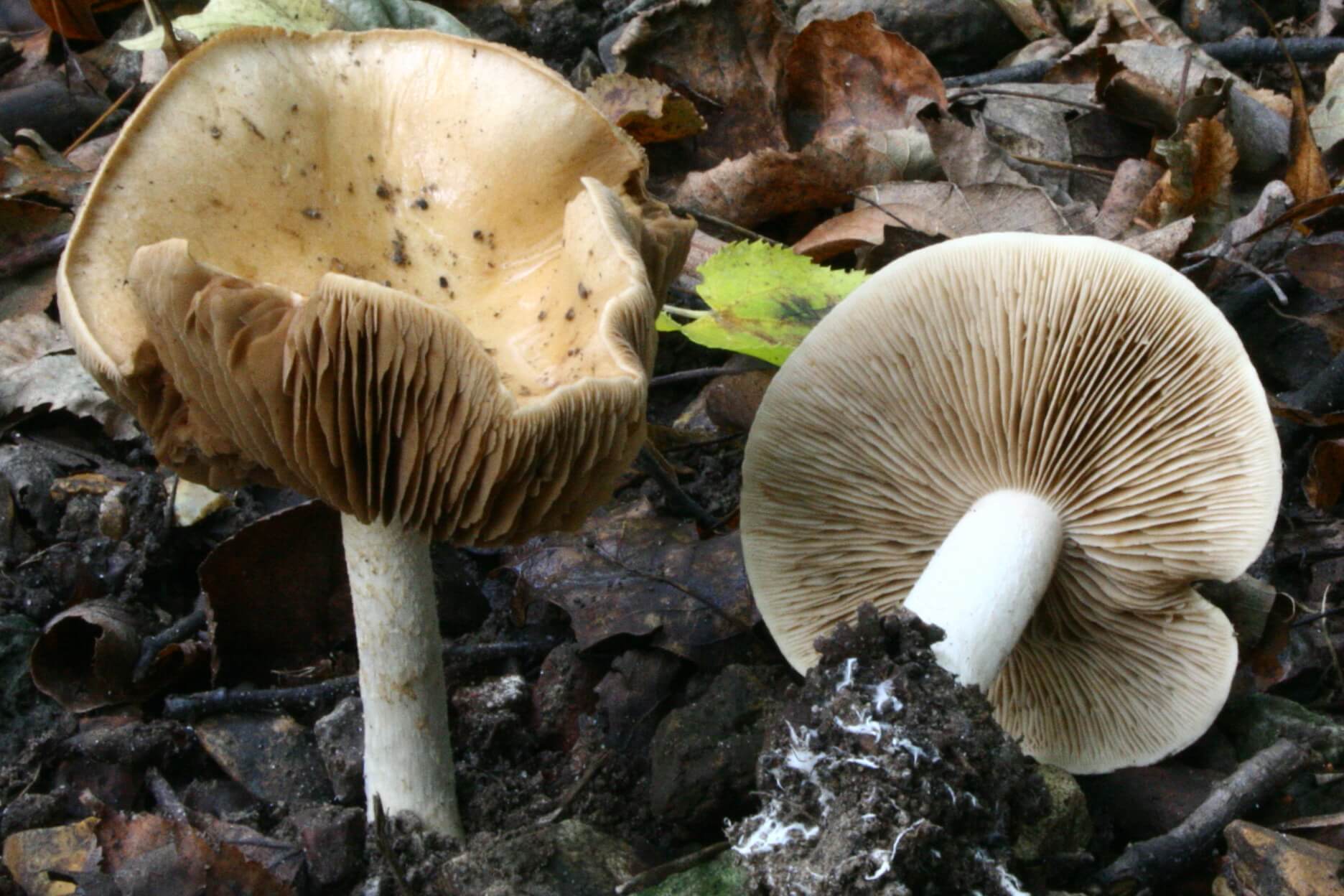
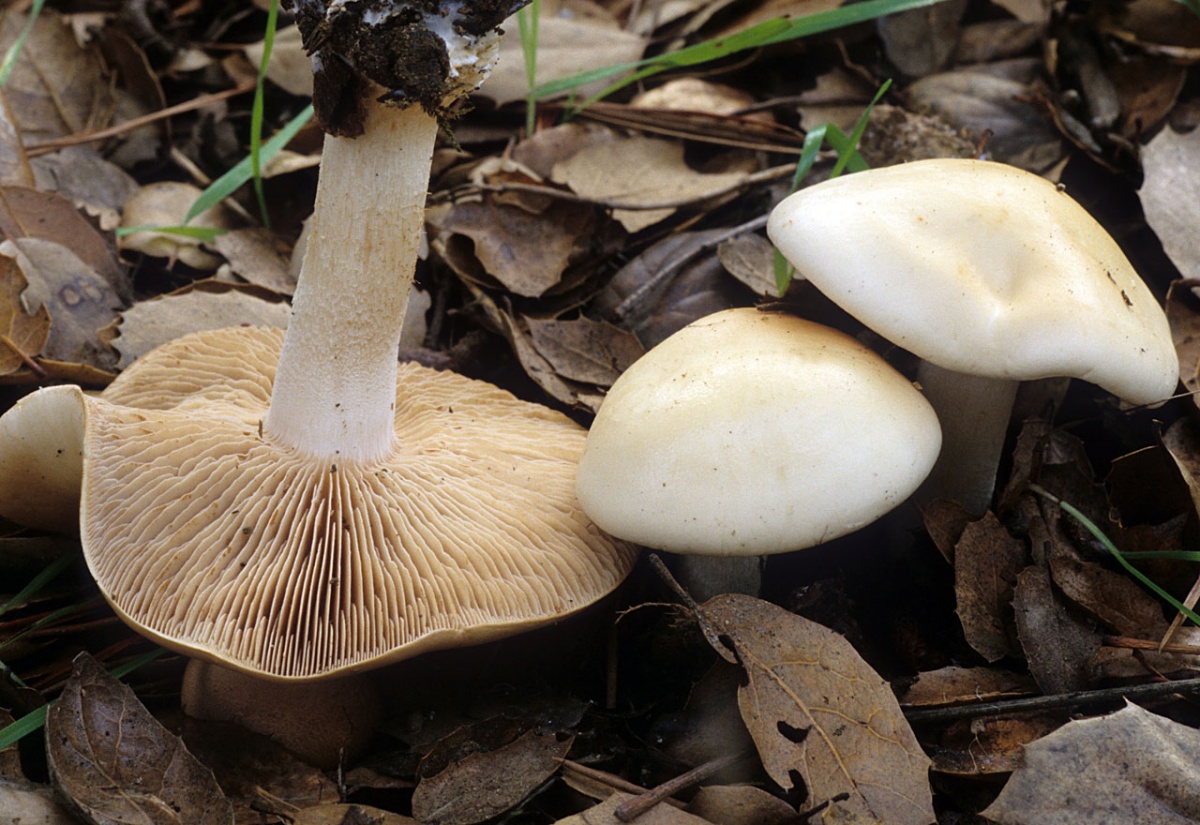
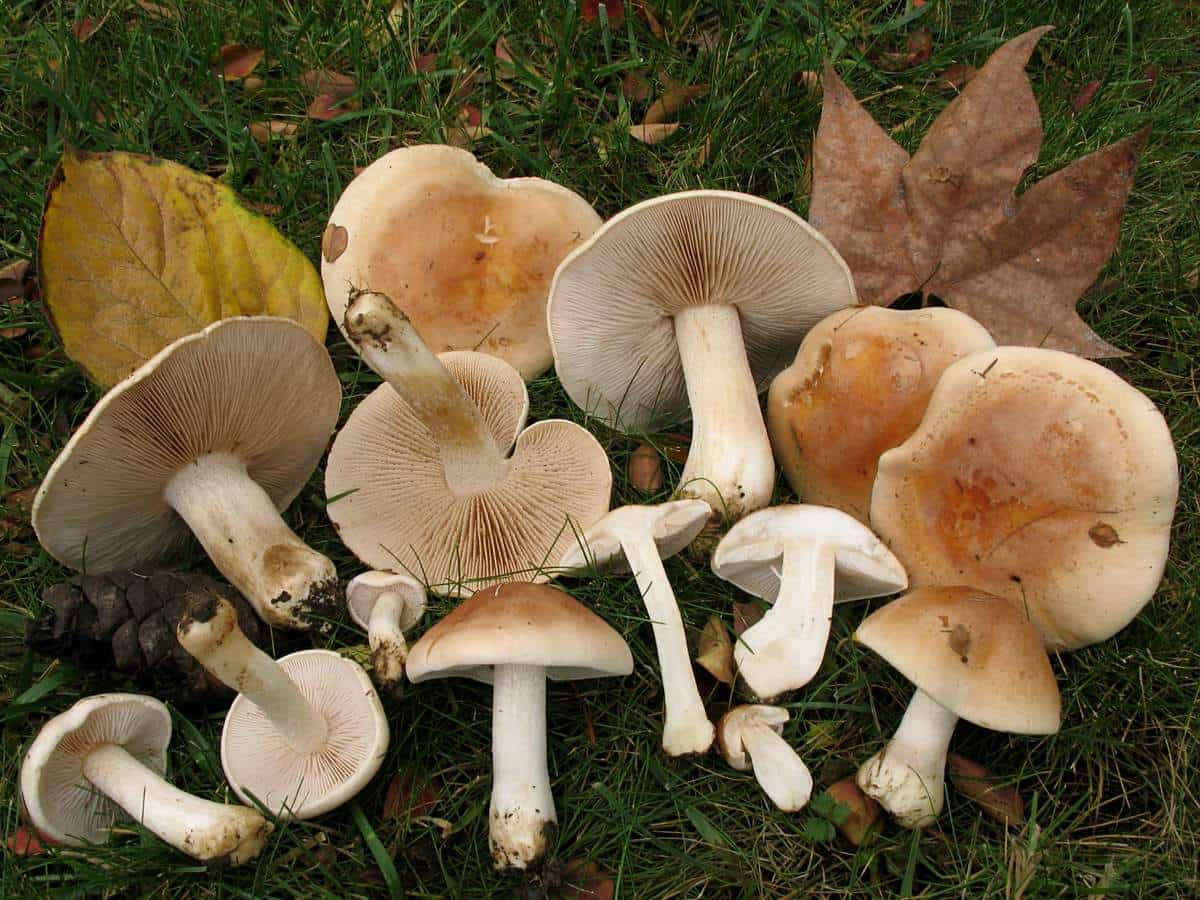
 Care and use of Kombucha at home (+22 photo)
Care and use of Kombucha at home (+22 photo) Edibility of the fungus of the motley umbrella and its description (+19 photo)
Edibility of the fungus of the motley umbrella and its description (+19 photo) Description of edible and inedible oils, their poisonous counterparts (+40 photos)
Description of edible and inedible oils, their poisonous counterparts (+40 photos) Useful properties of milk mushroom and its contraindications (+17 photos)
Useful properties of milk mushroom and its contraindications (+17 photos)
Sergey
they are bitter